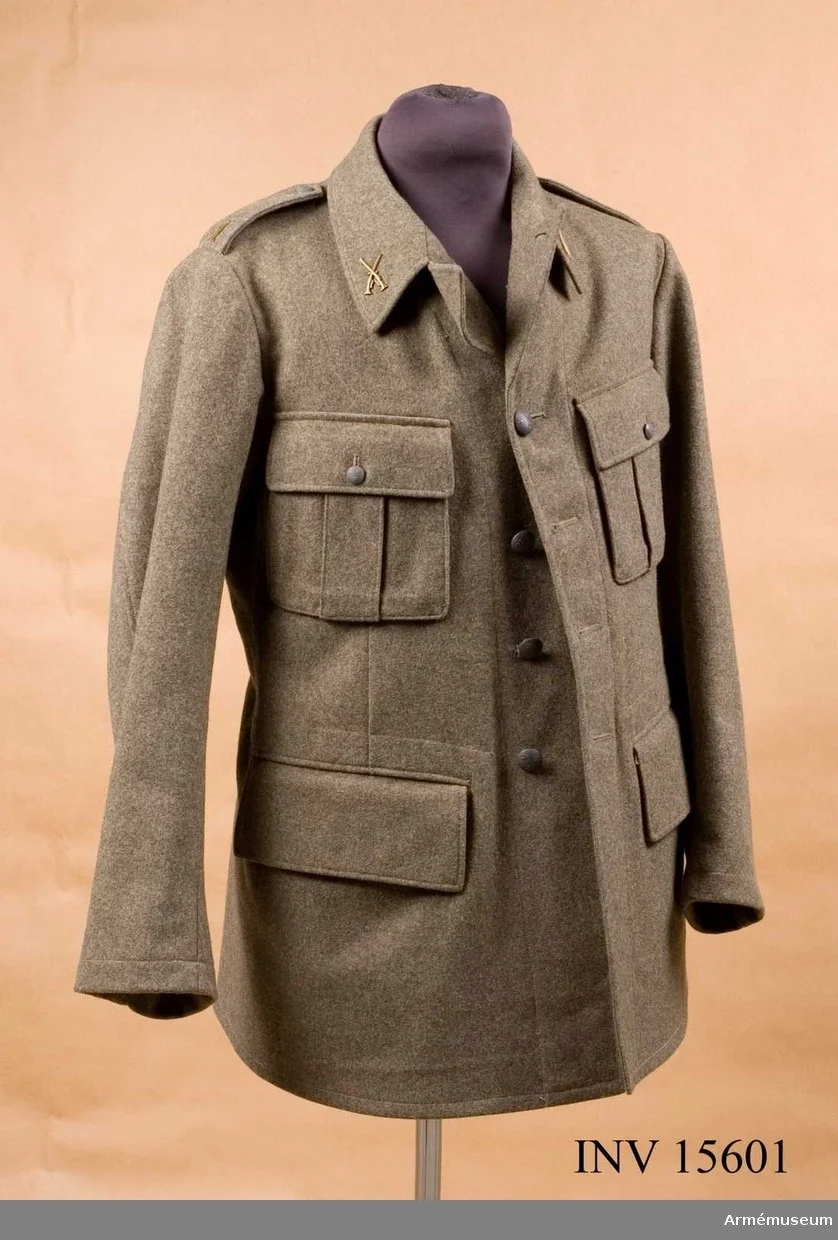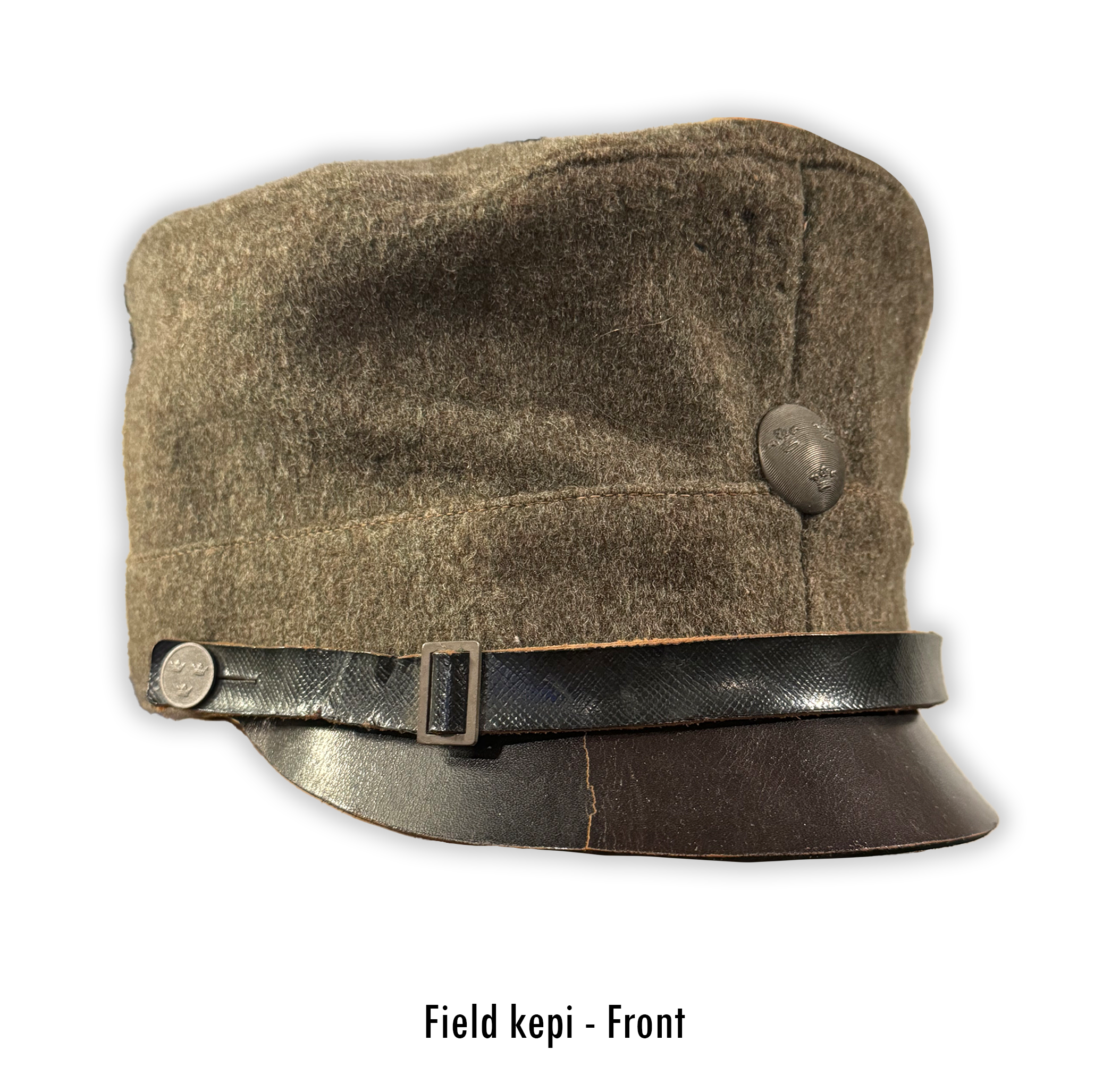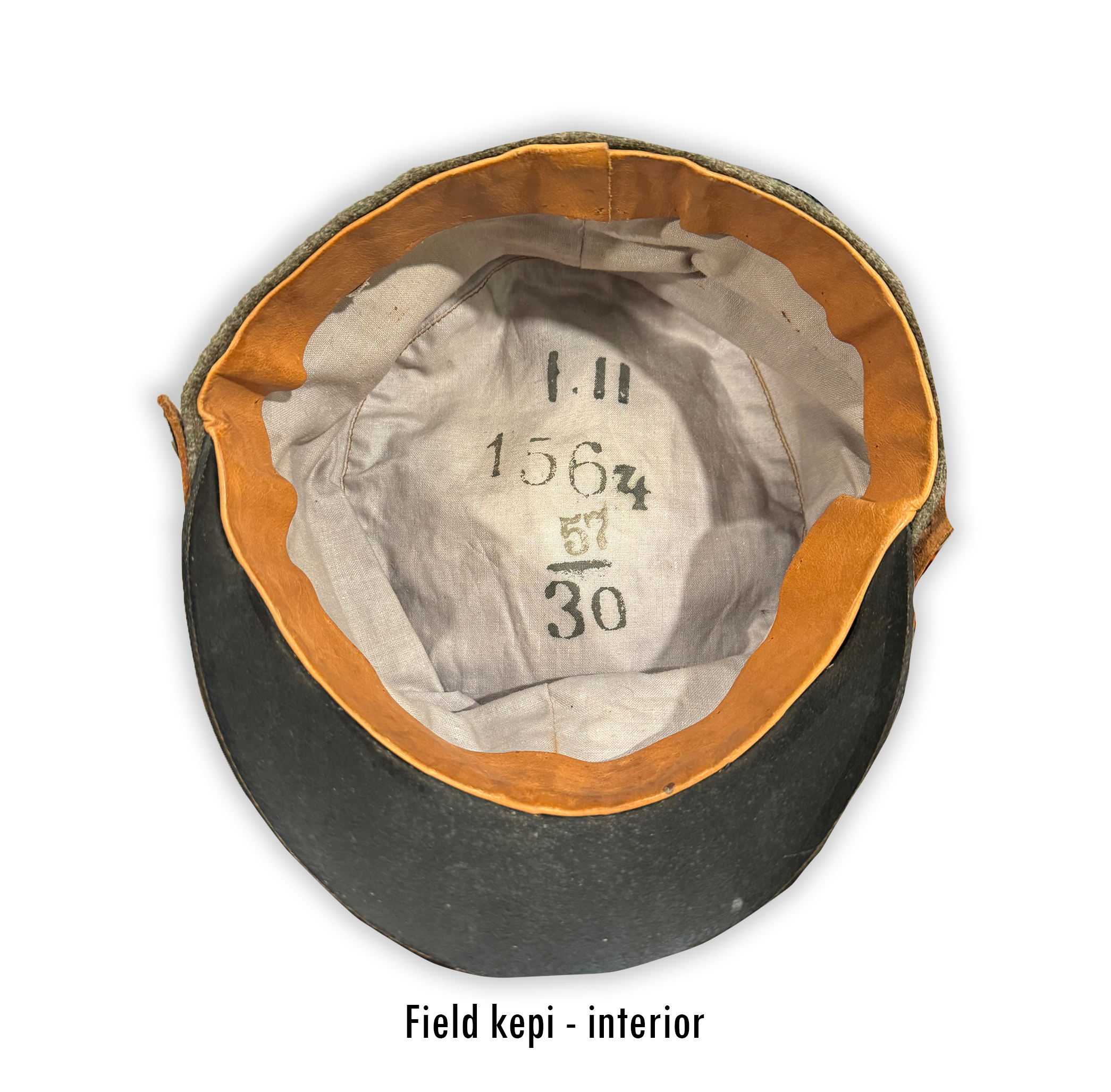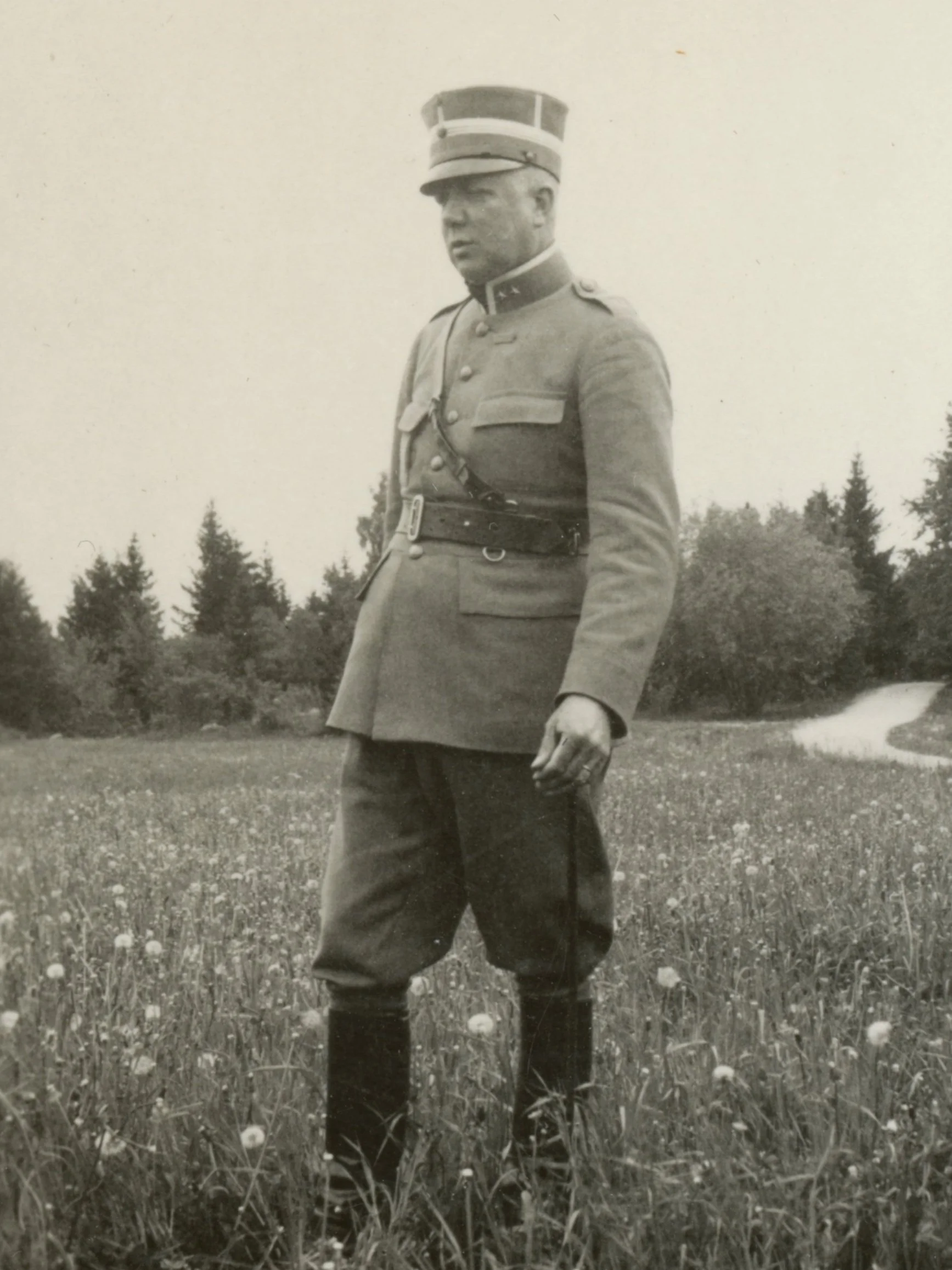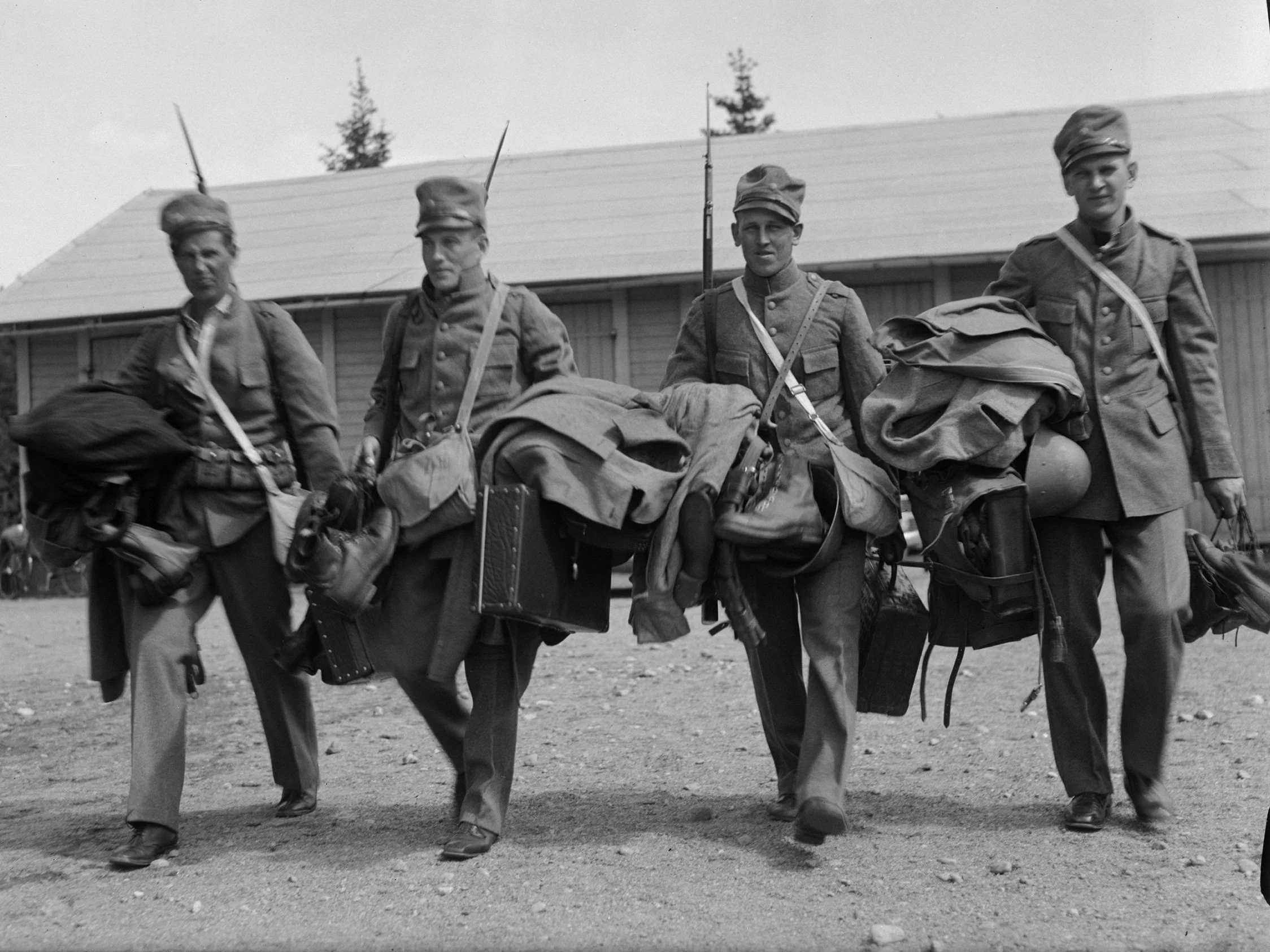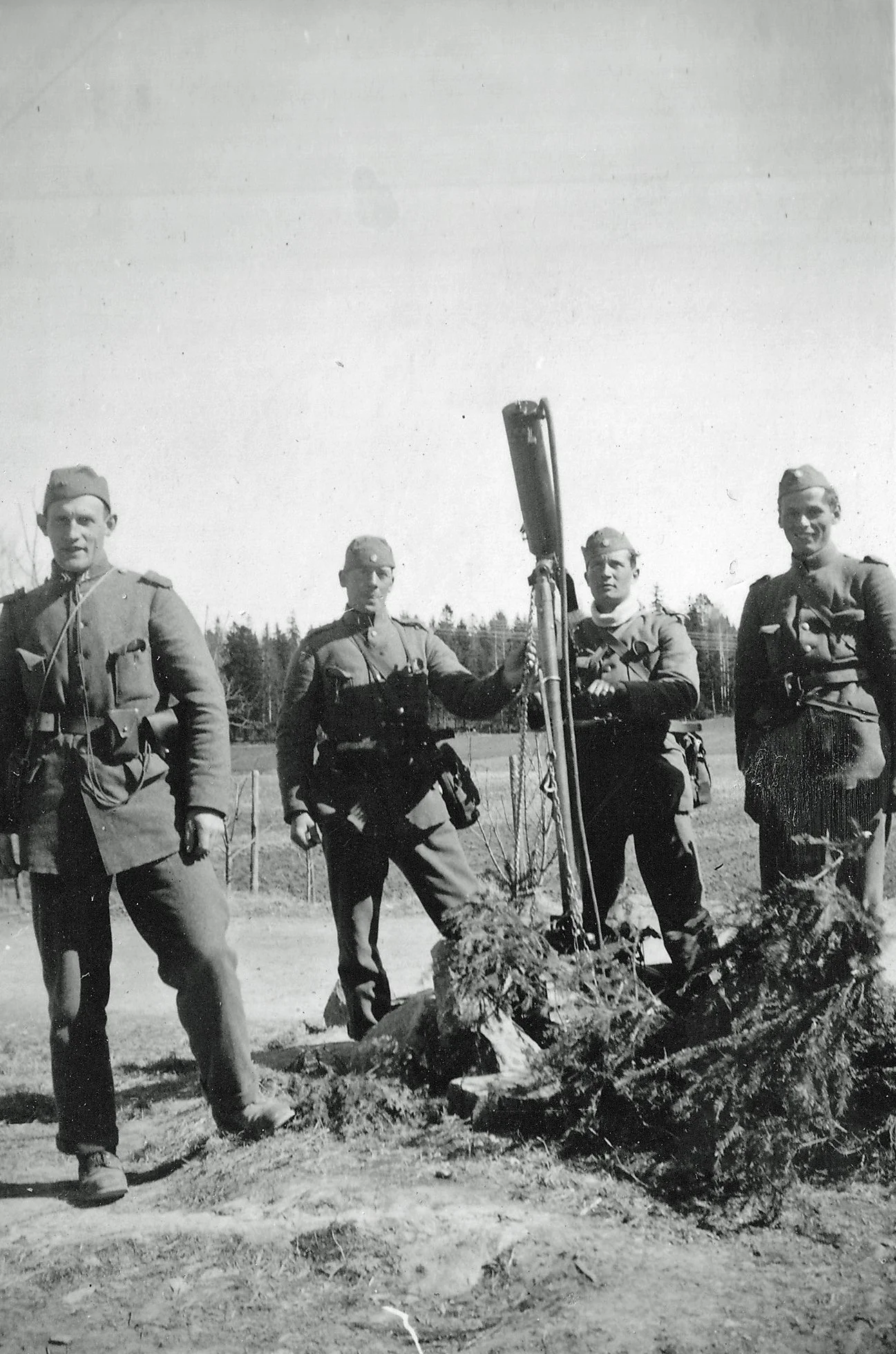
The m/1939 uniform
This webpage is still under development, information, media, format, etc may be subject to change in the future. THANKYOU FOR YOUR SUPPORT!
The m/1939 uniform is one of Sweden's most iconic uniforms of the 20th century. While inspired by the then-popular Nazi Germanic uniform design, the m/1939 uniform introduced a variety of much-needed modern equipment to the Swedish military. The garment and its respective equipment saw service throughout the Beredskapsåren period, wether it be Finland or the home front, quickly becoming the military's primary uniform by the late war period. The m/1939 remained well-utilized well into the post-war period until its inevitable succession by the m/1958 uniform. However, a large majority of m/1939 uniforms were converted into the common m/1939-58 uniform.
Development
By 1937, spurred by years of underfunding and a growing sense of impending war, the Swedish military had embarked on a significant reorganization and modernization effort. This included an apparent need for more advanced and capable military equipment. One area of immediate focus was uniforms. The introduction of the m/1923-37 uniform conversion and production program during this new ambitious period marked itself as a much-needed step forward. However, the looming threat of another War in Europe made it clear that an even newer and more long-term uniform would become a necessity. Thus, the military quickly began its efforts to develop the next generation of uniforms.
The fm/1939 initially drew heavily from the still-new m/1923-37 uniform. However, throughout the design process, French and Germanic influences found their way into the conceptual design phase. Ultimately, as evidenced by the final product, Germanic influence became the strongest influence in the next generation of uniforms. Following the conclusion of trials, the Swedish military swiftly adopted the new uniform system in 1939.
Service history
In 1939, with the official adoption of the exciting new m/1939 uniform, production began almost immediately. The military recognized the m/1939's significance as a valuable long-term investment, a commitment manifested in several ways. These included the introduction of various essential new components like standardized legwraps, overhauls to aging regulations, and the implementation of new insignia. Alongside its dedicated equipment, such as the m/1939 rucksack, the m/1939 uniform marked a significant step forward. It moved the military away from the decrepit World War I-era equipment that still burdened them and into a new, more modernized era, prepared for the possible World War that loomed on the horizon.
This exciting new uniform became the center of attention, particularly among officers, many of whom opted to have their m/1939 uniforms tailored quickly, even before the regulations were fully implemented. Non-commissioned officers and specialized units were often among the first to receive the m/1939 uniform, while older uniforms (m/1910, m/1923, and m/1923-37) remained in use elsewhere. Additionally, certain regiments and specialist units that would have been well-suited for the needs of a new uniform system were prioritized for early adoption. By 1940, the m/1939 was well on its way to achieving swift success.
In the early Beredskapsåren, the m/1939 uniform was popularly depicted in staged media and propaganda as a powerful representation of the new and capable Swedish military prepared for war at any moment. Despite its widespread depiction early in the wartime period, the m/1939 uniform wouldn't become a common standard for the majority of the Swedish military until roughly 1942. By the end of the wartime period, however, the m/1939 would be the primary uniform utilized and seen throughout the entirety of the Swedish military's land forces, quite impressively so. The m/1939 wouldn’t just be limited to military utilization aswell, as the Swedish Civil Defense would partially utilize the m/1939 uniform in an few roles to fulfill the need for uniforms.
The m/1939 would see usage well into the postwar period; however, production would slow in the following years. The m/1939 uniform would continue to be used well into the early Cold War period. However, a significant change in military doctrine from the standard marching soldier to a fast-paced, organized guerilla fighter quickly thrust the m/1939 uniform into a new and complicated era. By the early 1950s, the military realized that the longevity of the uniform system was not as excellent as it anticipated, especially in an ever-changing postwar world. The decision was made to begin looking into a successor more well-suited for the new and improved Swedish military. Early on in the military's search for a successor, however, the decision was made that a modernization conversion for the plentiful m/1939 uniform stock must be made to avoid wasting them. The m/1939 would still be produced until 1957, when the military officially began full-scale conversion efforts of the uniforms into the m/1939-58 variant. Despite extensive conversion efforts and the military putting heavy emphasis on the successor uniforms (m/1958 and m/1959), the m/1939 would still see usage well into the early 1960s, however would almost entirely be phased out by the mid 1960’'s except for the Hemvärnet (Home Guard) who would use the m/1939 into the early 1970s. However, they would inevitably phase it out in favor of its successor uniforms, including the m/1939-58. Despite its historical impact and influence on the Swedish military for a variety of reasons, the m/1939 uniform would only serve roughly 30 years with the Swedish military.
SOURCES:
Note* Will come back to add in the future


